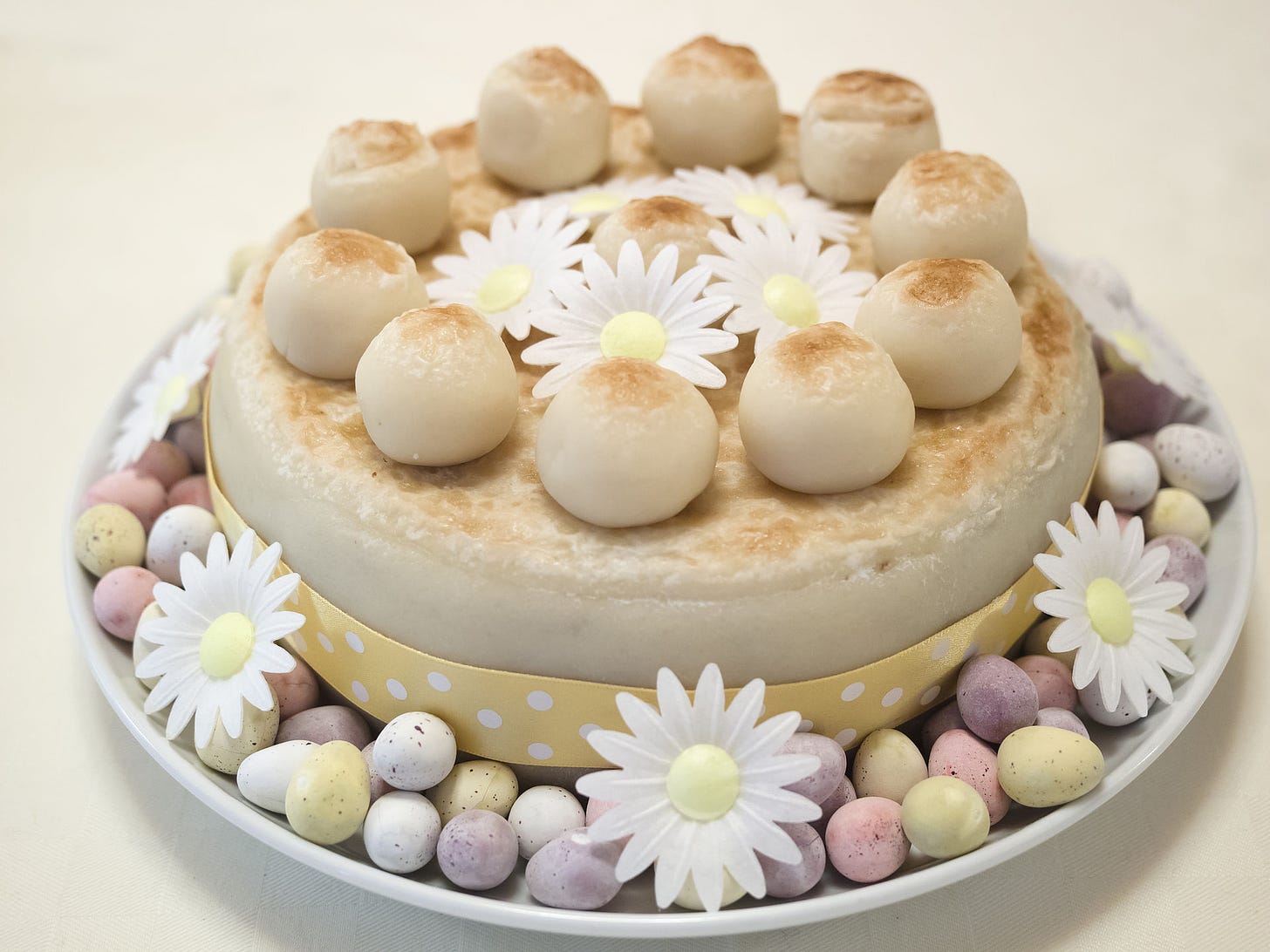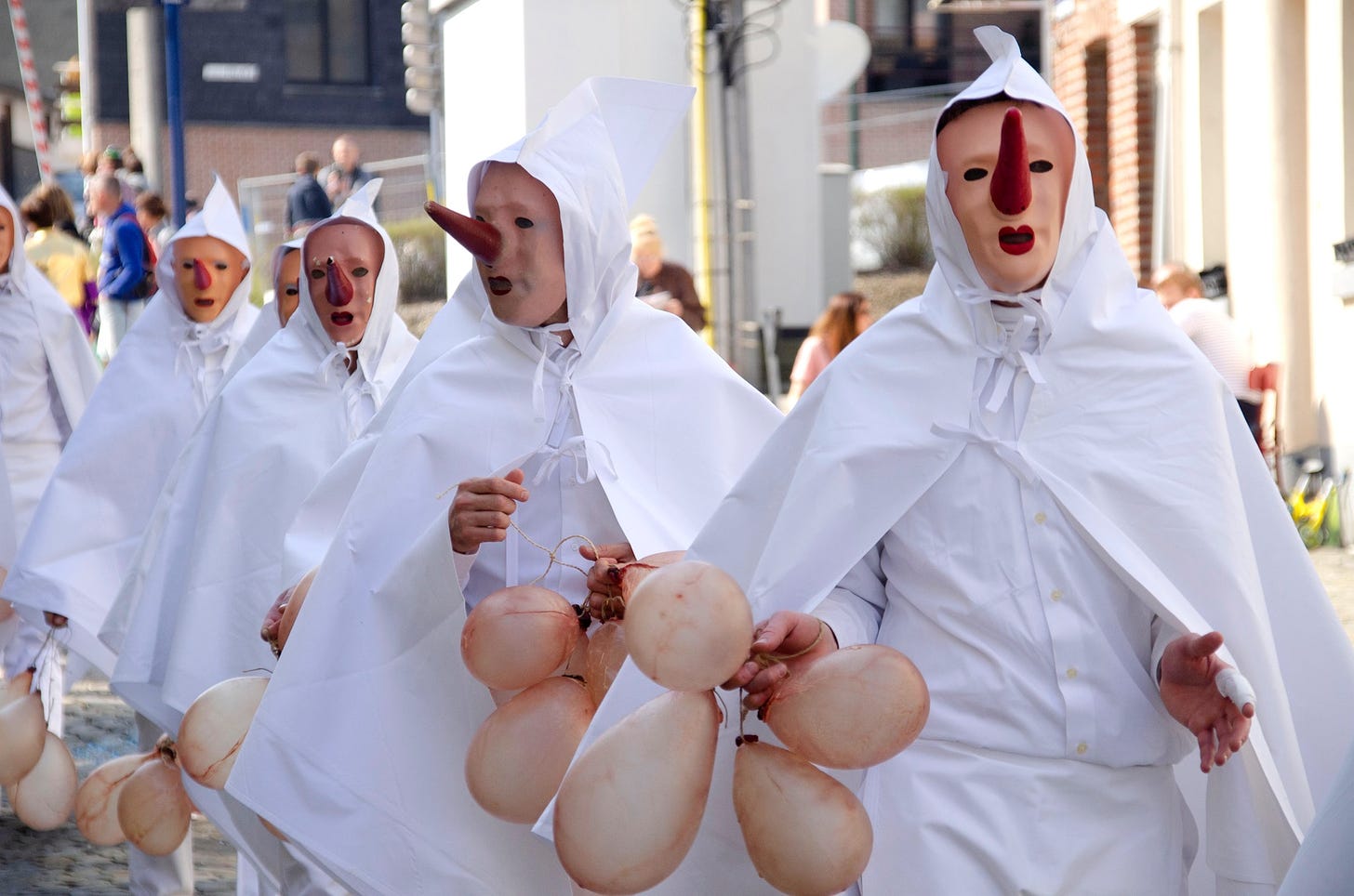Sunday, March 27, is celebrated in the Church as Laetare Sunday, in which Catholics are urged to rejoice amid the penitential sacrifices of Lent.
But where did Laetare Sunday come from?
And why does the priest wear pink-ish vestments?
The Pillar explains it all.
Rejoice, Jerusalem
The name Laetare Sunday comes from the entrance antiphon, or “Introit,” for Mass on the fourth Sunday of Lent:
Rejoice, Jerusalem, and all who love her.
Be joyful, all who were in mourning;
exult and be satisfied at her consoling breast.
The verse comes from the 66th chapter of Isaiah. And in Latin, the imperative verb “rejoice” is rendered “laetare” — hence the name.
The entrance antiphon, by the way, is a short verse traditionally recited as the priest enters the church’s sanctuary at the beginning of Mass. But in many U.S. parishes, an opening hymn is sung when the antiphon is traditionally recited, and thus, it might not be heard in all parishes.
Ok, but why is the day a celebration?
Laetare Sunday comes 21 days before Easter, at the mid-point of Lent.
And the custom of celebrating the Sunday as a moment to rejoice mid-Lent dates back to the early Church.
It probably began as a celebration of catechumens, who were preparing to be baptized and enter the Church at Easter.
In the early centuries of the Church, and today, catechumens undergo the second of three scrutinies — liturgical rites of repentance and preparation — on Laetare Sunday.
And in the early Church, those catechumens were customarily presented with the Apostles’ Creed on that Sunday, as a reminder of the faith which they would profess, and receive, at baptism.
After Mass, the Church would celebrate the catechumens, welcoming them into the communion of the Church with — you guessed it — a bit of rejoicing!
Today, the Church rejoices that promise of Christ’s resurrection is drawing near, and will be celebrated in full on Easter, which Catholics anticipate as Lent continues.
So, how should we celebrate?
Laetere Sunday is celebrated liturgically with the return of flowers around the altar, and decorations in the church which had been removed for Lent.
And at various points in the Church’s history, there have been customs to signify the joyful character of Laetare Sunday.
When weddings were not customarily celebrated during Lent, they were celebrated on Laetare Sunday, leading sometimes to a glut of weddings all celebrated on the day.
The day in some countries is called “Mothering Sunday” because Catholics would customarily visit their “mother-churches” — the churches in which they were baptized.
Laetare Sunday has also been known as “Refreshment Sunday,” because in medieval England, the Lenten fast would be broken, and Christians would take refreshment with treats, including rich fruitcakes called simnel cakes.
In Italy and France, Laetare Sunday was sometimes called “Fountain Sunday,” as people developed the habit of decorating fountains with flowers and branches to celebrate the coming spring.
The Belgian city of Stavelot has a very well-known festival and parade on Laetere Sunday, called the “Laetare of Stavelot.”
Centuries ago, parade-goers in Stavelot would dress up in monastic habits, an homage to the monks of the local monastery, who were not permitted to attend the celebration.
Over time the costume developed, and today a group of villagers called the Blancs moussis don white costumes with clownish face masks and act as village jesters on Laetare Sunday — pulling pranks, hitting people on the head with inflated pig bladders, and doing other Belgian style goofballery.
There’s also choreography:
Bavaria, though, might have the best Laetare customs. In some parts of the region, children parade through their streets carting sticks decorated with violets, eggshells, and pretzels — a kind of symbolic funeral parade to celebrate the “death of winter.”
And in some villages, boys would be split into two teams on Laetare Sunday — Team Winter, and Team Summer. They’d wage an epic mock battle to decide whether spring was on its way.
That’s much a cooler way to decide if winter is over than looking at groundhog’s shadow, by the way.
And the vestments?
Oh yeah.
Priests and deacons have the option of wearing pink-ish, or technically rose colored, vestments on Laetare Sunday.
While corny dad jokes about real men wearing pink have no business in a good homily, it turns out there are some interesting symbolic differences between pink and rose, and they’re worth reading about.
Still, if you’re wearing rose vestments on Laetere Sunday, do your congregation a favor: skip the corny joke. We’ve heard it before. We promise.
But no matter what color you wear, rejoice this Sunday! Be joyful!
Easter — and the resurrection of Jesus Christ — will soon be here.
That’s worth celebrating.






